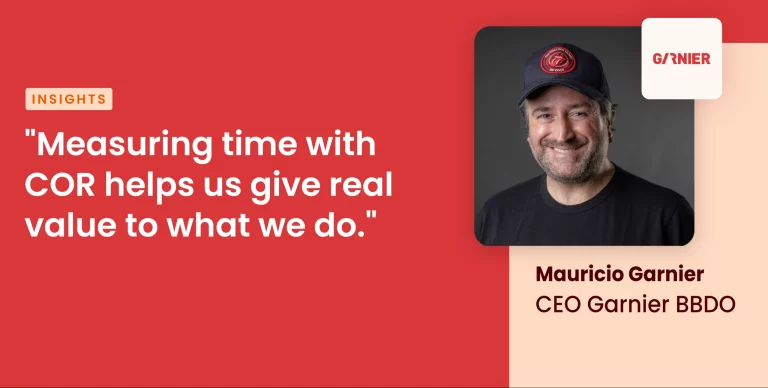Time Estimation
Estimating the time it takes to develop a project is vital for your company.
For sure, you might have faced situations in which the established deadlines for a project or task were wholly mistaken and this caused losses both regarding money and clients.
When this type of things occur, your team starts feeling the pressure, which results in low performance and a non-favorable work environment.
Below, we detail some really effective techniques for estimating time.
Estimation based on records
This is a technique we strongly recommend because it uses as reference the experience registered over the development of a similar task or project. The fact of registering everything which was required for carrying out a task (time, difficulties, unexpected events, etc.) will be useful for applying this method in the future.
Estimation based on experts’ experience
The experience of one or more members of the work team will be the decisive element for estimating the time needed for fulfilling a task. Professional expertise is the main asset when choosing this option. Therefore, we suggest you use it when you have a person with vast experience on the subject.

Three-point estimation
This technique puts together experts’ experience and statistical calculations which help improve the final estimate. By estimating the probable or median length (M), the optimistic length (O) and the pessimistic length (P), you will be able to calculate the most feasible length thanks to the following formula: (4M+P+O)/6.
Breakdown estimation
This method implies individualizing each of the tasks involved in the project and analyzing them in detail. An individual estimation is done by taking into account all elements which are typical of said task. Then, all time estimates are put together so as to get the final result.
Personal rate
No matter the technique you have chosen, we suggest you make a comparison between the estimations you’ve done and the real time which was actually needed for fulfilling the task. By dividing the real time by the estimated time, you will get a value which will help you know your margin of error. For example, if you estimated 30 minutes and the task took 45 minutes, you will get a result of 1.5. Hence, you will be able to conclude that your estimate failed by 50%.
If you liked this post, check out:
Systematization of processes, a key tool
Quoting not only means estimating profits













